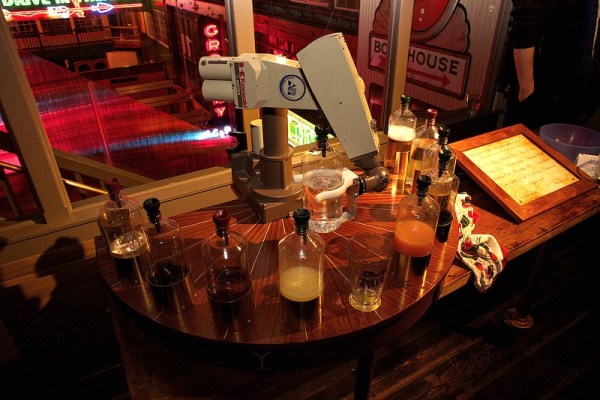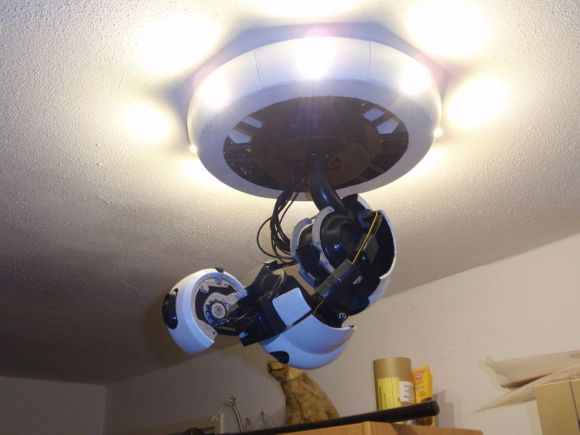
Hackaday alum [Adam Munich] shot a tutorial video on using a rate gyroscope.
Here he’s showing off the really fancy piece of ancient (technologically speaking) hardware. It would have set you back about fifteen grand in the 1960’s (inflation adjusted) but can be had these days for around $30. What a deal! These are not small, or power efficient when compared to the components that go into smart phones or gaming controllers, but they’re a heck of a lot more accurate than the ubiquitous modern parts. That’s because a rate gyroscope — which is the gold cylinder on the left — actually incorporates a spinning motor and a way to monitor how it is affected by changes in gravity. The driver/interface circuitry for this gets hairy relatively fast, but [Adam] does a solid job of breaking down the concept into smaller parts that are easy to manage.
Wondering what is different about this compared to a MEMS accelerometer? We know they’re really not the same thing at all, but wanted a chance to mention [The Engineer Guy’s] video on how those parts are made.





















